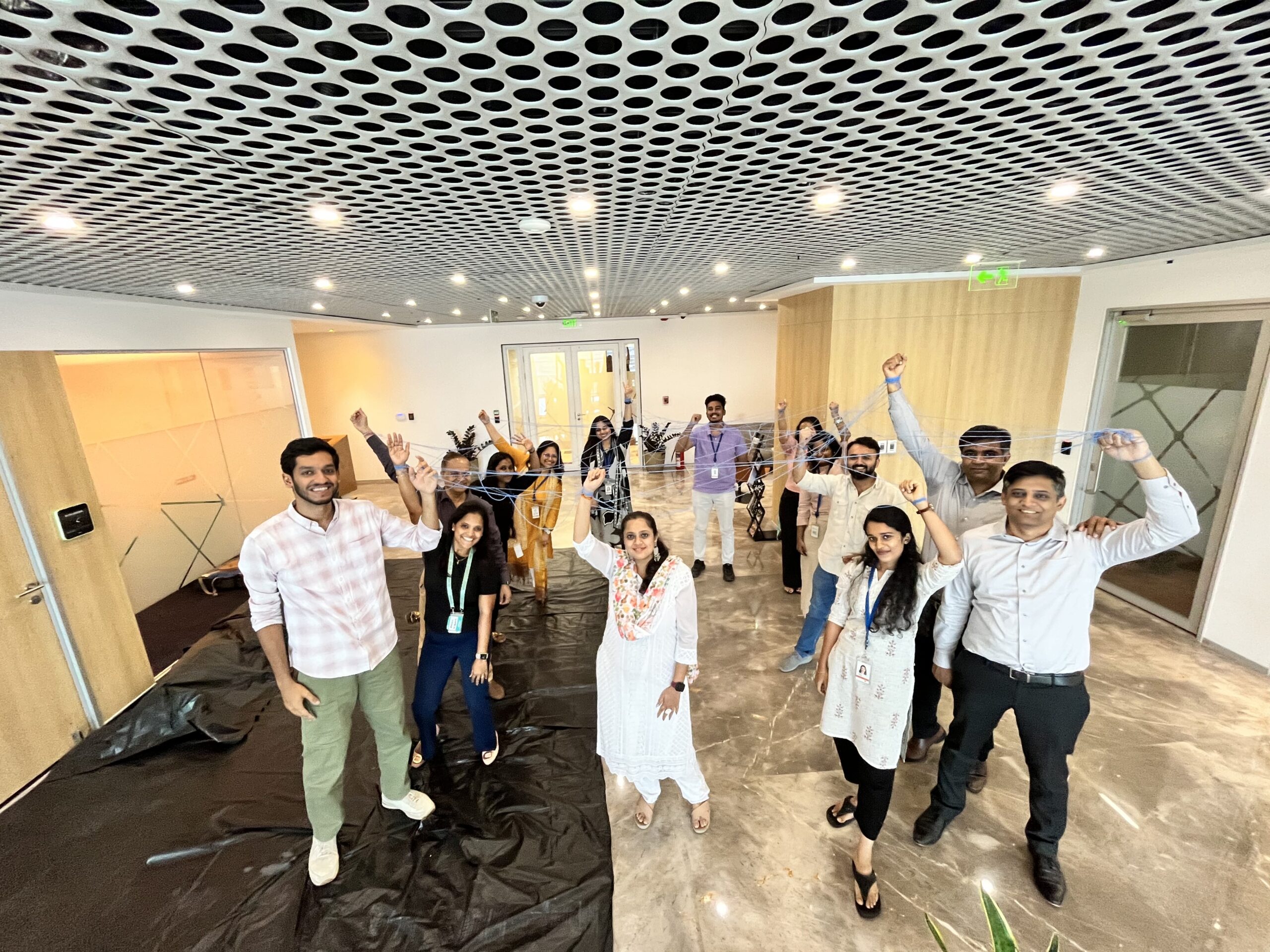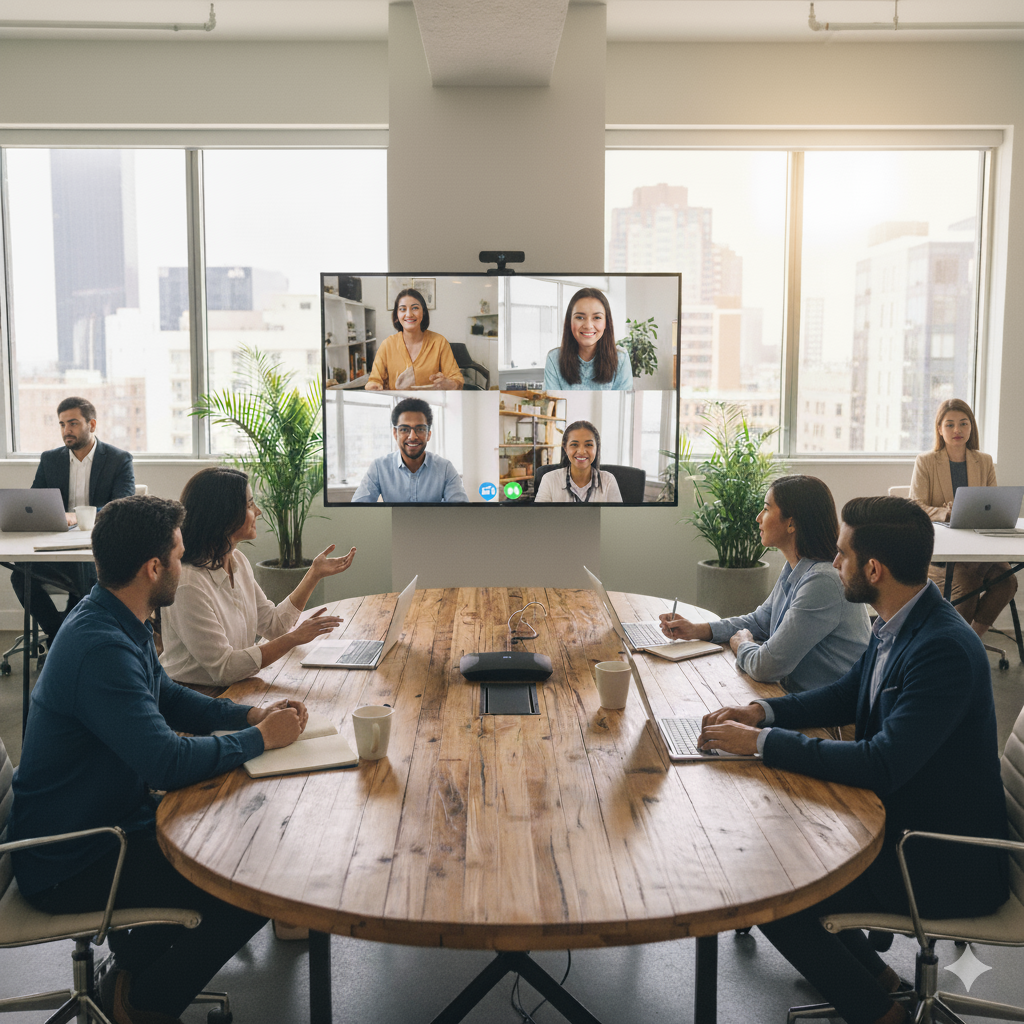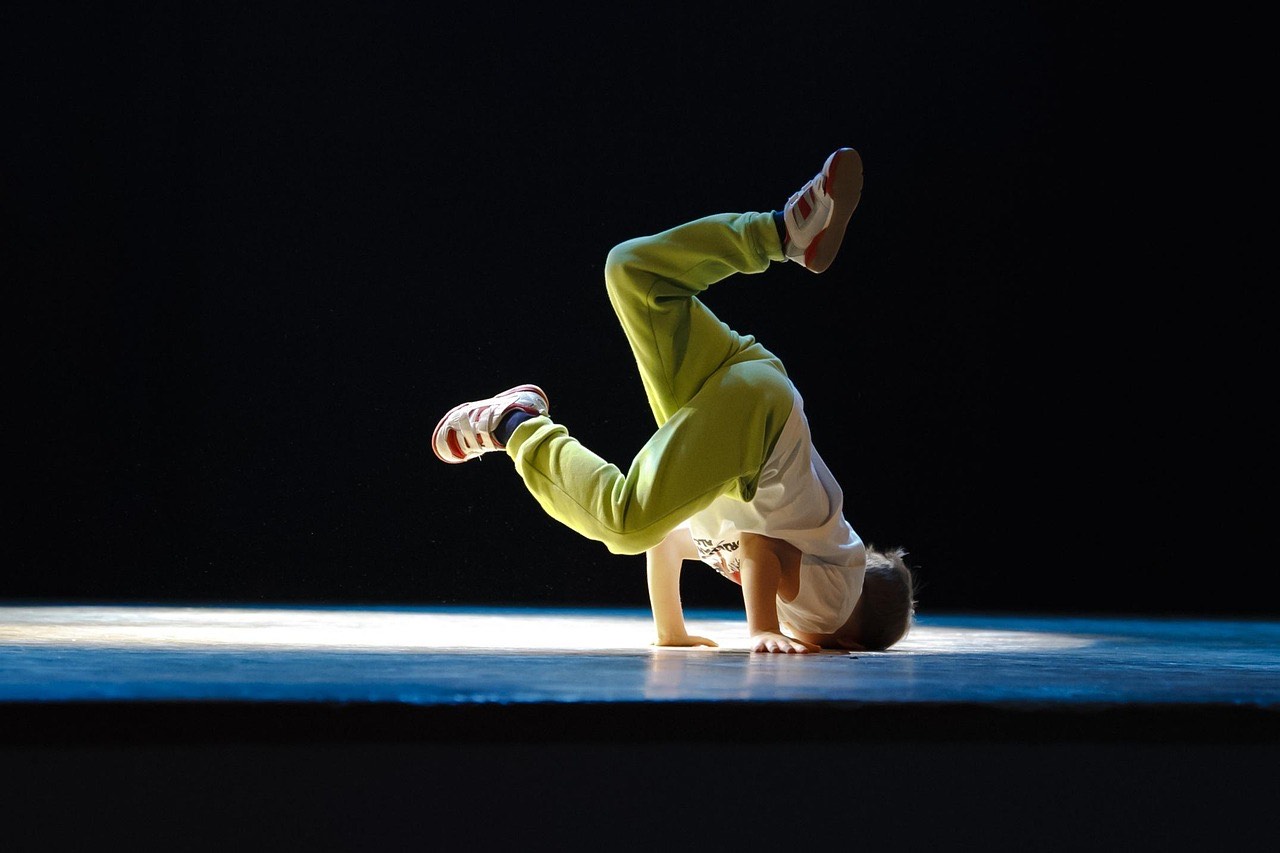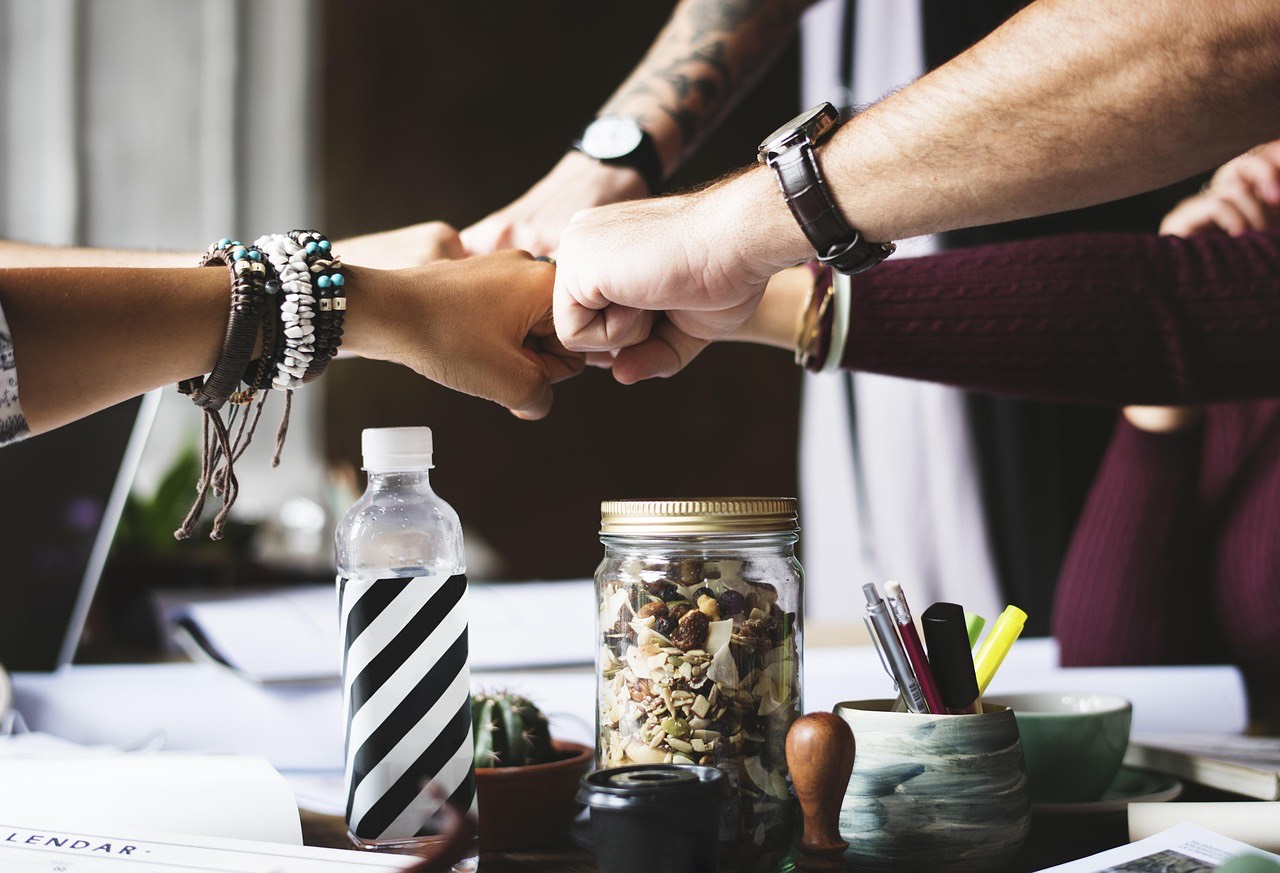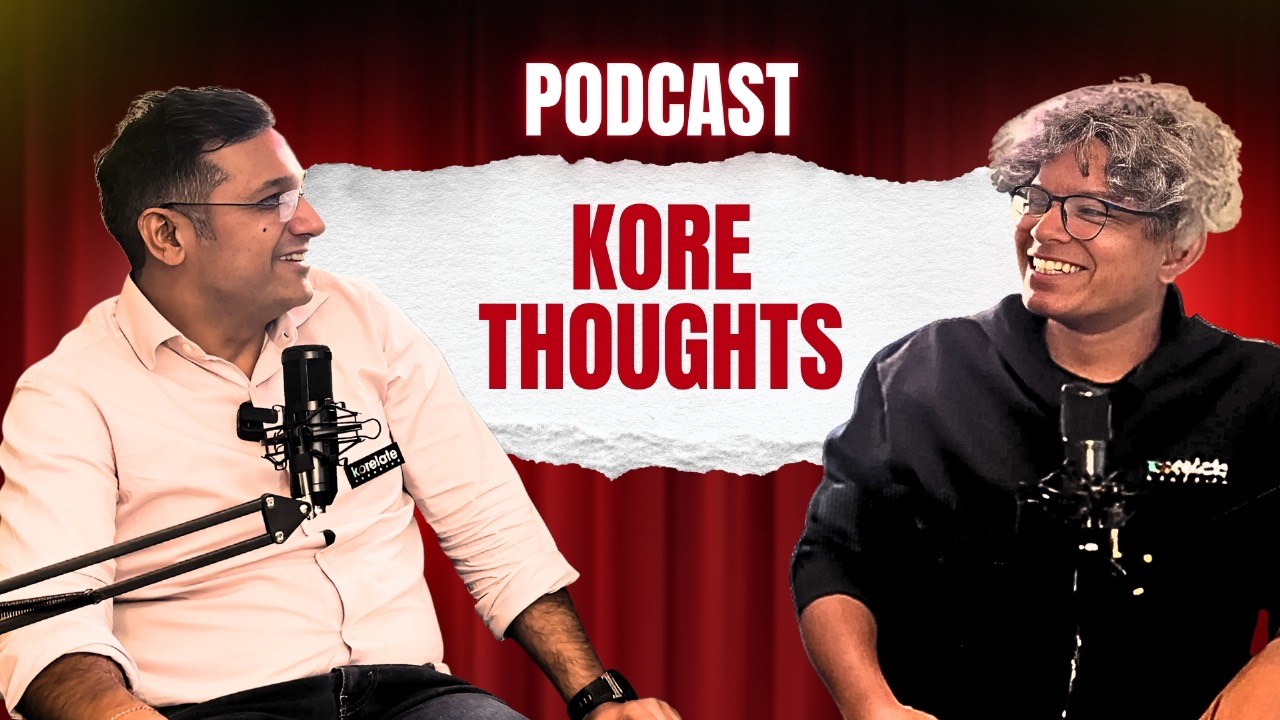Why play is such a powerful learning tool.
For most people in the corporate world, learning comes with Powerpoints, lectures, seminars and workshops. These are all very valuable learning tools in their own rights and are incredibly useful. In our experience, though, these are all tools that need to be used alongside a healthy helping of playfulness.
Initially, the word “play” might sound frivolous. I shared this misconception, as my idea of ‘play’ was restricted to playing games like Hide N’ Seek and Pitthoo/lagori. As I grew up, however, I realised that that the concept of play is much broader and much more powerful than playing these simple games. Over the last few years, I have learnt that when designed with intention and brought into learning spaces with care and thought, play has the potential to be one of the most effective ways to engage employees, build skills, and transform teams. These are all ideas and concepts that are becoming increasingly important in a world where innovation, adaptability, and human connection are more valuable than ever.
Why Play Works: The Learning Science Behind the Fun
One important misconception that surrounds the idea of play is that it’s exclusively for children. Play isn’t just for children; it can also be useful for adults. There is significant scientific evidence to prove that:
- Play creates emotional engagement. When people are emotionally invested, they remember more and apply their learning more effectively.
- Play boosts collaboration. Games and playful exercises create low-stakes environments for teams to experiment, fail, and build trust.
- Play encourages curiosity and innovation. The open-ended nature of play helps employees break out of rigid thinking patterns and explore creative solutions.
- Play activates intrinsic motivation. Unlike mandatory training, play taps into joy and voluntary participation—two key drivers of long-term learning.
Neuroscientists have found that dopamine (the “feel good” chemical) is released when we engage in play, making the brain more receptive to new information. In short: when learning feels good, we learn better.
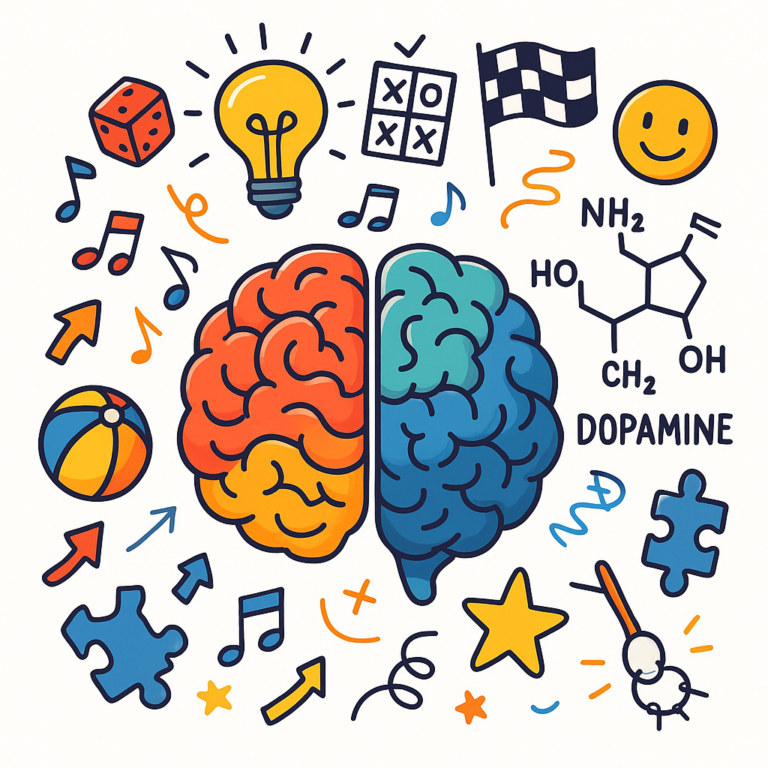
The difference between play and playfulness
At this point, it’s important to create an important distinction between play and being playful. One can play games in a way that isn’t playful, and one can be very playful without having played any games. This has been one of my biggest learnings over the course of the last year. From what I’ve seen and learnt so far, I’ve found that being playful is much more central to our work than the act of playing itself. Sharing jokes with our clients, pulling their legs (where it’s appropriate), adding some humour and physical comedy into our facilitation and simply adopting a looser body language and being more at ease are all elements that I am learning (even as I write this).
Small Shifts, Big Impact: How to Bring Play Into the Everyday
Now that we have explored why play is important and have established the distinction between play and playfulness, we can take some time to explore how we can integrate play into our day-to-day lives. There are a few steps we can take to make sure that we remain playful throughout and keep our energies light and ready to take on whatever challenges the world throws at us!
- Start meetings with a short creative warm-up or game.
- Turn a team check-in into a playful storytelling round (e.g., “Describe your week as a movie title”).
- Gamify goal setting with points, milestones, and rewards.
- Use role-play to rehearse difficult conversations or customer scenarios.
If these steps are practiced on a day-to-day basis, improvements will be visible, and we will be able to see stronger engagement, improved collaboration, and a culture that’s more adaptive and connected.
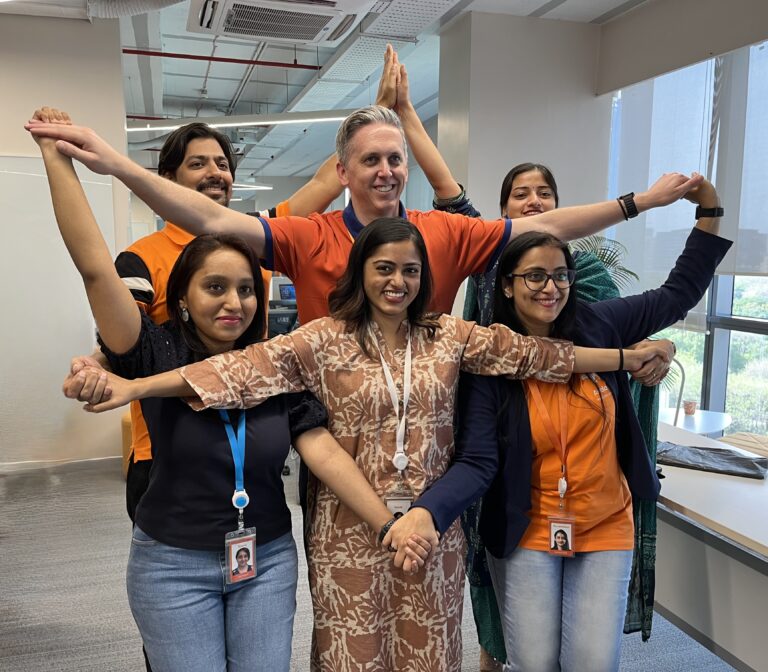
Play and playfulness in team-building workshops
As an experiential learning, corporate team-building company, there are many ways in which Korelate Learning brings both play and playfulness into workshops with our participants. We combine learning objectives and structured outcomes with fun, high-engaging activities that create space for participants to collaborate and work together. In my journey as a facilitator, there are multiple tools that I am learning how to leverage in this role to create better outcomes and more engaging workshops for our clients. Some of these tools are:
- Playful communication: Sharing jokes and bantering with our clients goes a long way towards creating a rapport with participants. At the same time, it’s crucial to maintain a loose and flexible body language to ensure that a safe and comfortable space is created for participants to freely express themselves in a different kind of scenario.
- Keeping participants on their toes: In most of our team-building workshops, one of the things that I have observed is that it’s very important to keep our participants on their toes and be open to new scenarios. Not only does that create a new twist in the game and a different challenge for them, but it also encourages them to think in different ways and challenge their processes – all of which are central to being more playful and open-minded.
- Physical movement and play: One of the most important tools that I often overlooked in my first few workshops was the importance of how I held myself while I was facilitating. I was quite nervous in those sessions, but the problem was that that was also evident to participants through my physical presence, which was tight and very unrelaxed. Now that I am more experienced, I have learnt the importance of moving my body freely and even acting out some of the silly jokes that I crack in order to make participants feel more comfortable and at ease.
These are only a few of the tools that we have at our disposal to incorporate both play and playfulness into our workshops at Korelate Learning. If you are curious about some of these other tools, come experience a workshop with us!
Reclaiming Learning Through Play
In a world that demands constant learning, it’s time we stopped separating fun from function. At Korelate Learning, we believe that play isn’t just a break from work — it’s a better way to do the work, and it’s a critical step in helping teams to work together and achieve goals more effectively! It energizes teams, deepens learning, and transforms how people show up at the office. Creating better experiences is central to facilitating better learnings that remain with the participants. As an experiential learning company, one of our central tenets is that play is the bridge between knowledge and application, between strangers and teammates, between tasks and meanin
Let’s build a smarter, more playful workplace—together!
By Kanishk Srinivasan
Facilitator
Korelate Learning

Kanishk Srinivasan is a Facilitator at Korelate Learning, where he brings together his passion for play, education, and growth to design immersive learning experiences. With a background in Sociology, Anthropology, and Conservation, he transitioned from community development to the play-for-learning space – driven by a belief in the transformative power of play. An outdoor enthusiast and multi-sport athlete, Kanishk brings energy, empathy, and curiosity into every learning space.
Looking to develop the leadership talent in your organization? Let Korelate Learning help with one of several customized leadership development workshops. Whether it is helping improve business communication or inculcating a growth mindset, these leadership workshops are designed to unlock and unleash the leadership potential of your people. Contact us now!

